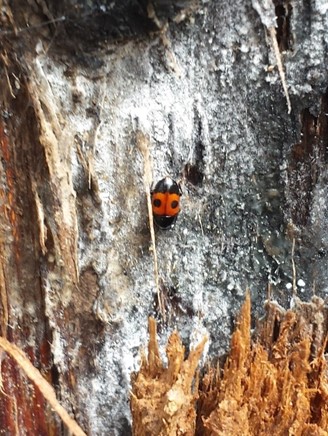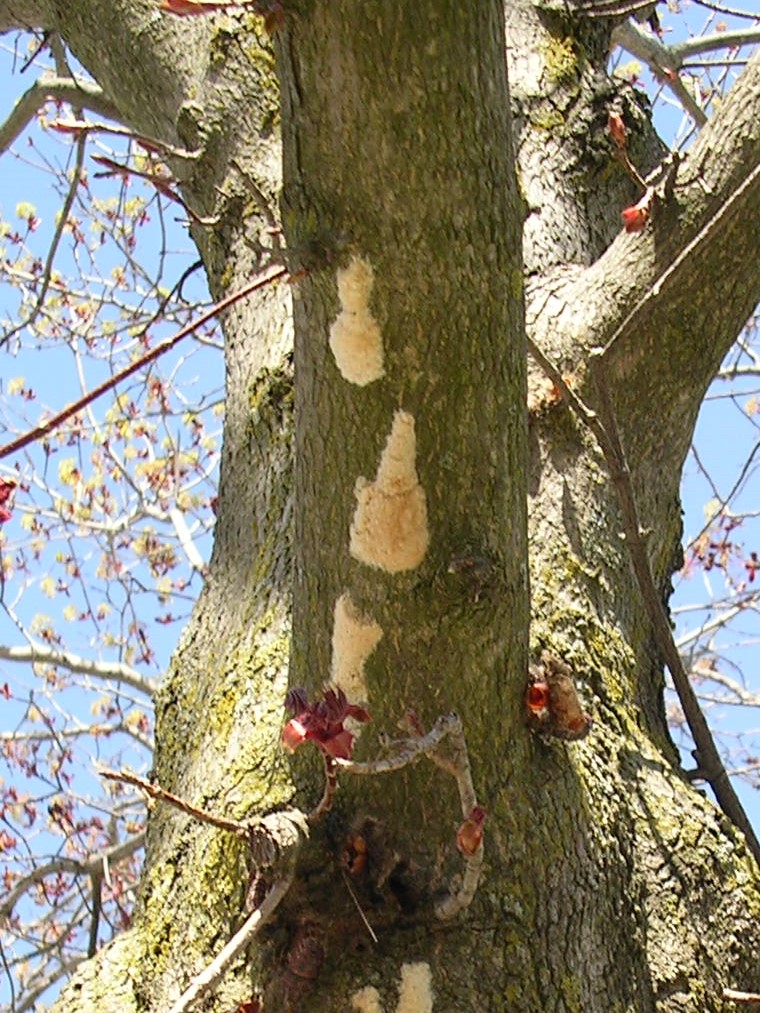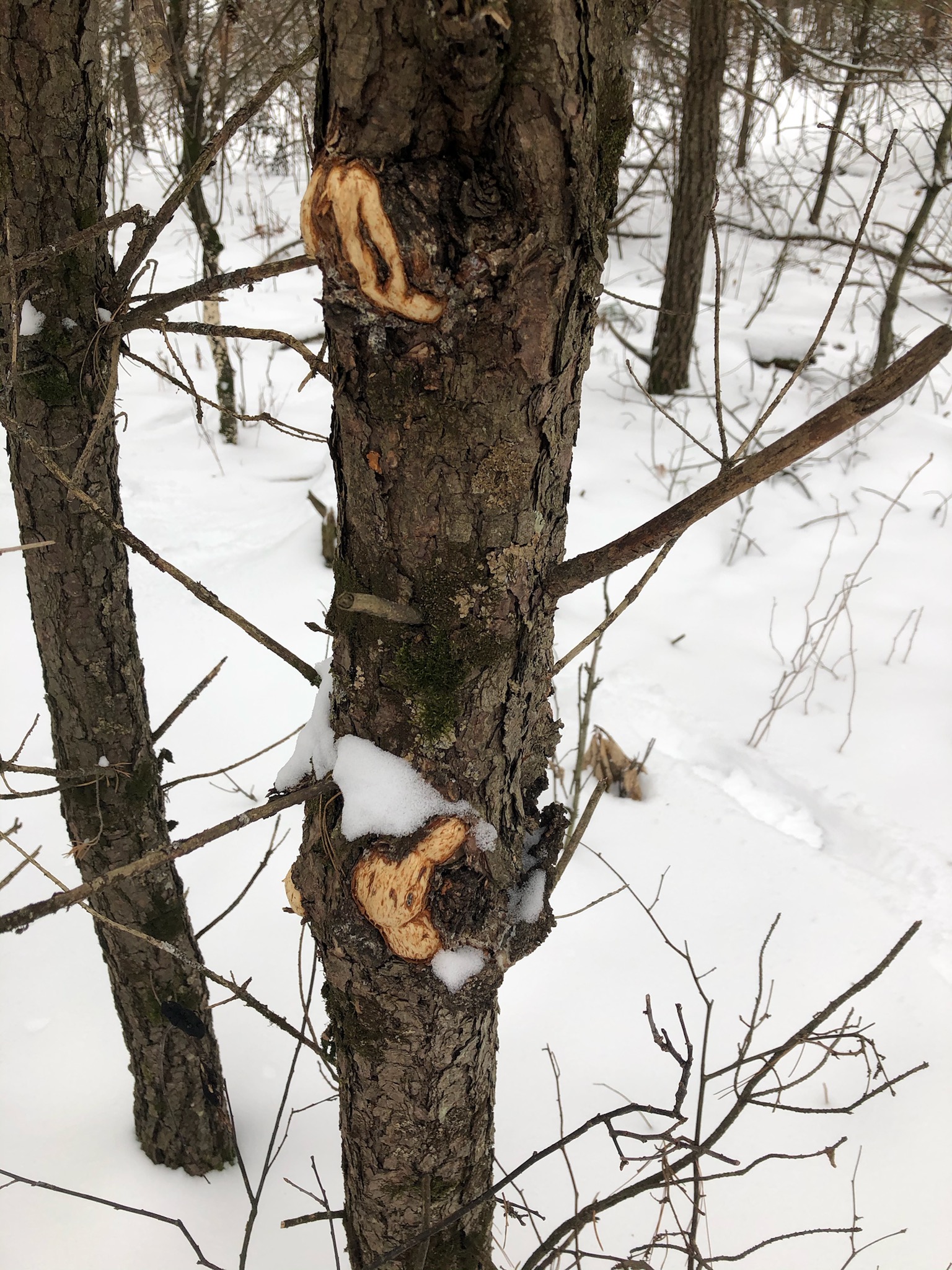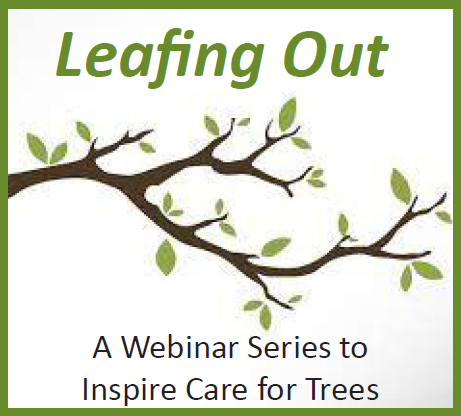 Leafing Out, Episode 5: Common Tree Diseases With Brian Hudelson
Leafing Out, Episode 5: Common Tree Diseases With Brian Hudelson
Thursday, April 15, 2021, 12:00-1:00 PM
This webinar is produced in collaboration with the Dane County Tree Board.
Join 1000 Friends and Brian Hudelson, the Director of Diagnostic Services at the UW-Madison Plant Disease Diagnostics Clinic, to learn about the most common diseases impacting our urban trees. Brian will teach us the most prevalent tree diseases and share methods for their management and prevention.
We’ll stop periodically throughout the presentation so Brian can answer any specific questions you have. Brian is a frequent guest on the Larry Meiller Show on WPR and is excited to answer any of your tree disease questions. We encourage you to send questions in ahead of time to be sure we answer them.
Continue reading “1000 Friends Of Wisconsin’s Leafing Out Webinar Series”

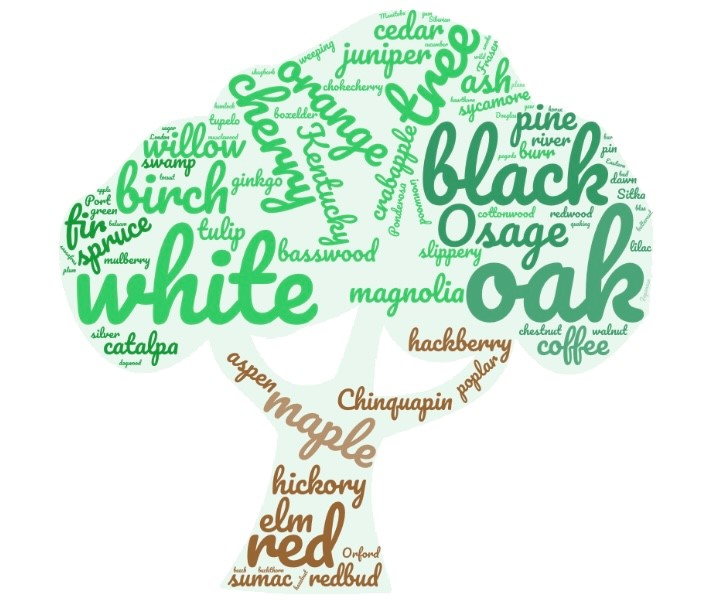 “What kind of tree should I plant?” We are often asked that question as urban foresters. For me, the first thing that comes to mind is, “not a maple!”
“What kind of tree should I plant?” We are often asked that question as urban foresters. For me, the first thing that comes to mind is, “not a maple!”